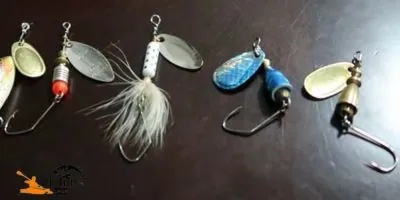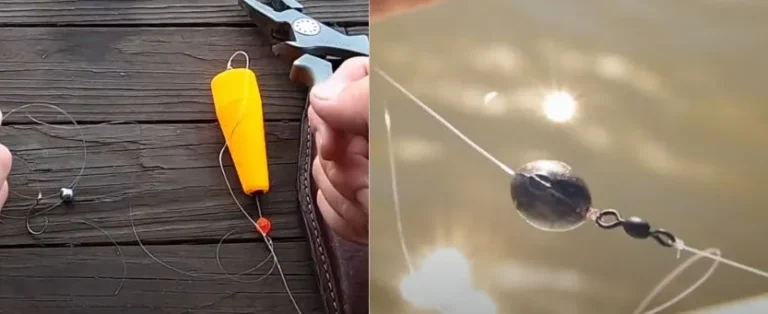Walleye vs Perch: Exploring Key Differences
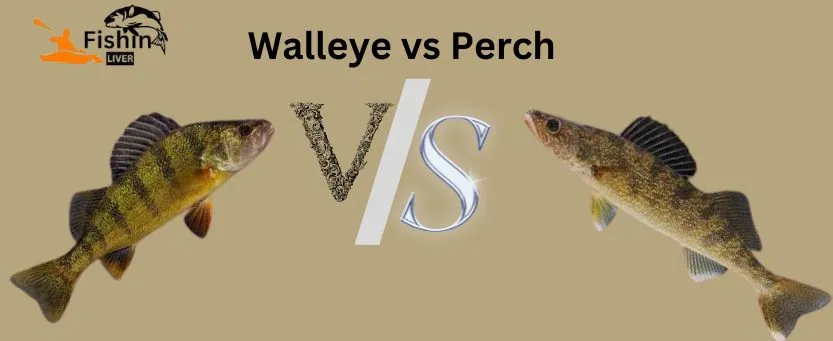
Freshwater enthusiasts often like to discuss walleye or perch when debating different fish species characteristics, quality, and taste.
Walleye and perch are important freshwater species, and anglers prefer both for their taste.
Regarding delicious food, walleye and perch are good in quality and taste.
Walleye and perch hold a special place in the hearts of food lovers.
This article will delve into the characteristics, habitat, behavior, and culinary attributes of walleye and perch.
Difference Between Walleye vs Perch
Walleye and perch are popular freshwater fish prized by anglers for their fight and delicious flavor.
While they belong to the same family (Percidae), they have distinct characteristics that set them apart.
Before fishing for walleye and perch, you must know about these two spices. Here are some differences between perch vs walleye:
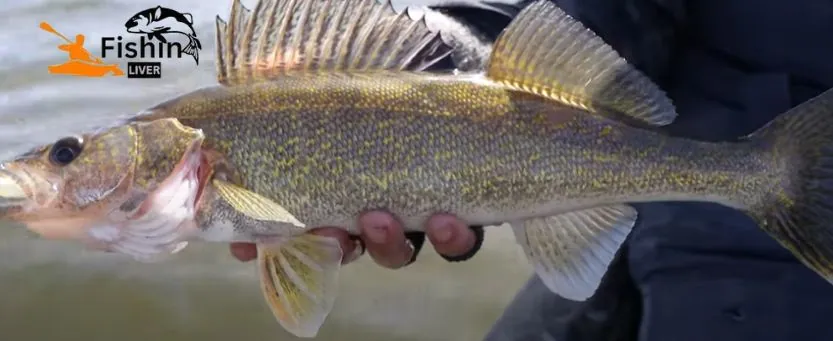
Physical Characteristics
The body of a walleye is sleek and elongated, with olive and gold shades, often marked by dark blotches.
They typically have large, glassy eyes that reflect light. Walleye fins are divided into two parts: the front portion is spiny, and the rear portion is soft-rayed.
Perch has a more rounded body shape with vertical stripes ranging from green to golden in color.
They have relatively small mouths suited for their diet of smaller prey.
Perch fins are less prominent than walleye, with a single dorsal fin and rounded pelvic and anal fins.

Habitat and Distribution
Walleye are commonly found in North America and parts of Europe. They prefer to live in large freshwater lakes, reservoirs, and rivers.
They prefer deeper, cooler waters with rocky structures or submerged vegetation to ambush their prey during low-light conditions.
Perch are widely distributed across North America, Europe, and Asia freshwater bodies.
They inhabit lakes, ponds, rivers, and even brackish coastal waters.
They feed on fish, insects, and crustaceans near submerged structures like fallen trees and weed beds.
Feeding Behavior
During dawn and dusk, walleye exhibit peak feeding activity. Their large, light-sensitive eyes provide excellent night vision to hunt effectively in low-light conditions.
Their primary food is small fish, such as minnows and shiners, but they occasionally consume insects, crayfish, and small mammals.
Invertebrates, small fish, and zooplankton form the basis of the diet of perch, an opportunistic feeder.
The feeding intensity of perch can vary depending on water temperature and prey availability.
Perch use their sharp spines and agile swimming skills to ambush prey.

Walleye vs perch taste
Walleye is Known for its firm, white flesh and mild flavor. Walleye is considered an excellent fish to eat.
It can be cooked with various methods such as pan-frying, grilling, baking, and deep-frying.
Popular walleye dishes include walleye sandwiches, fish tacos, and traditional fish fries.
There is no doubt that perch is a favorite among seafood enthusiasts because of its flaky, tender flesh, along with its slightly sweet flavor. Perch is often cooked whole or filleted.
You can cook perch differently, including grilling, baking, and pan-frying.
Familiar perch recipes include pan-seared perch fillets, chowder, and breaded perch served with lemon wedges. Perch fish taste is so delicious.
Size
Walleye freshwater giants can reach up to 40 inches long and tip the scales at 25 pounds.
Perch are smaller cousins, typically reaching 8-12 inches long and weighing a few pounds. In the spring, both walleyes and perch spawn.
Perch and walleye lay their eggs on aquatic vegetation, while walleye lay thousands of eggs on gravel or rocky areas.
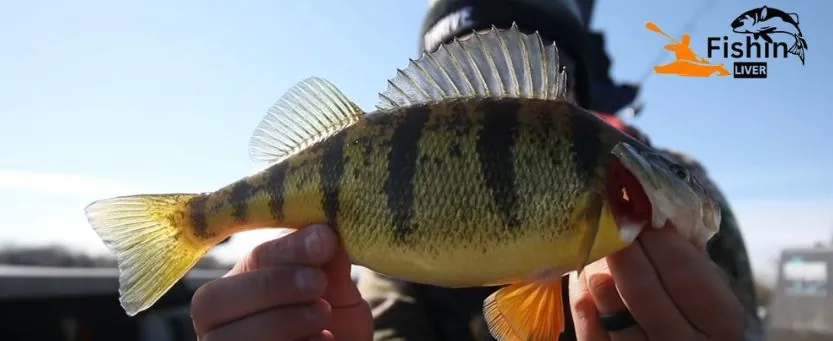
Fishing Techniques
Night fishing is more beneficial for walleye. Nighttime is essential for catching walleye because they become more active in low-light conditions.
You can target walleye by trolling with crankbaits or live bait. There is no specific time for targeting a perch.
Perch can be caught throughout the day. Jigs tipped with minnows or live bait fished near weed beds, or structures are productive techniques.
Conclusion
Both perch and walleye have different physical characteristics. Perch and walleye have characteristics that distinguish them from other species.
For both of them, fishing offers a significant experience.
Anglers and food enthusiasts can enjoy the delicate flavors of fresh perch and trophy walleye.
Walleye and perch provide the perfect opportunity for anglers to spend a memorable day on the water.
You can go fishing with your family and friends and enjoy delicious fish like perch and walleye.
Perch could be the ideal catch if you prefer a more minor, faster-paced fight and a more robust flavor.
So, grab your gear and head out to see which freshwater favorite you encounter!
“Explore our comprehensive guide on Can You Eat Largemouth Bass to enhance your angling skills and discover more tips and techniques.”

